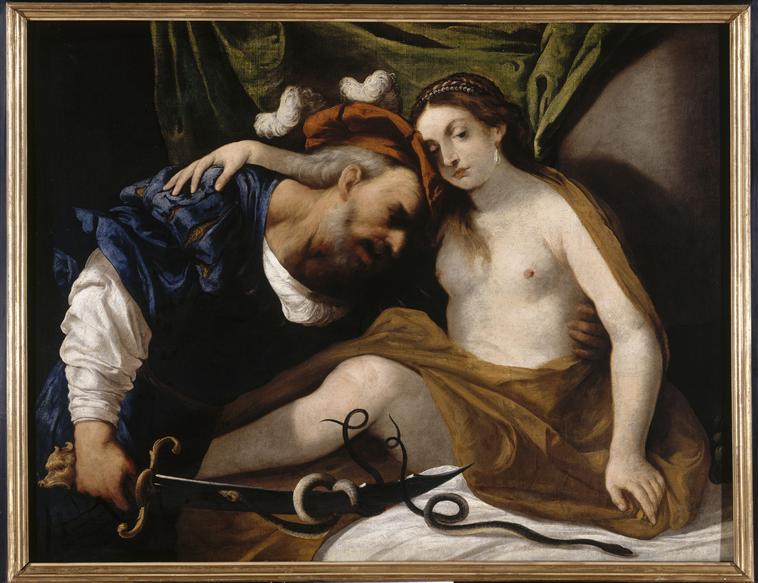|
Xanthophyta
Yellow-green algae or the Xanthophyceae (xanthophytes) are an important group of heterokont algae. Most live in fresh water, but some are found in marine and soil habitats. They vary from single-celled flagellates to simple colonial and filamentous forms. Xanthophyte chloroplasts contain the photosynthetic pigments chlorophyll ''a'', chlorophyll ''c'', β-carotene, and the carotenoid diadinoxanthin. Unlike other heterokonts, their chloroplasts do not contain fucoxanthin, which accounts for their lighter colour. Their storage polysaccharide is chrysolaminarin. Xanthophyte cell walls are produced of cellulose and hemicellulose. They appear to be the closest relatives of the brown algae. Classifications The species now placed in the Xanthophyceae were formerly included in the Chlorophyceae. In 1899, Lüther created the group Heterokontae for green algae with unequal flagella. Pascher (1914) included the Heterokontae in the Chrysophyta. In 1930, Allorge renamed the group as ... [...More Info...] [...Related Items...] OR: [Wikipedia] [Google] [Baidu] |
Heterokont
Heterokonts are a group of protists (formally referred to as Heterokonta, Heterokontae or Heterokontophyta). The group is a major line of eukaryotes. Most are algae, ranging from the giant multicellular kelp to the unicellular diatoms, which are a primary component of plankton. Other notable members of the Stramenopiles include the (generally) parasitic oomycetes, including '' Phytophthora'', which caused the Great Famine of Ireland, and '' Pythium'', which causes seed rot and damping off. The name "heterokont" refers to the type of motile life cycle stage, in which the flagellated cells possess two differently arranged flagella (see zoospore). History In 1899, Alexander Luther created the term "Heterokontae" for some algae with unequal flagella, today called Xanthophyceae. Later, some authors (e.g., Copeland, 1956) included other groups in Heterokonta, expanding the name's sense. The term continues to be applied in different ways, leading to Heterokontophyta being appl ... [...More Info...] [...Related Items...] OR: [Wikipedia] [Google] [Baidu] |
Protista
A protist () is any eukaryotic organism (that is, an organism whose cells contain a cell nucleus) that is not an animal, plant, or fungus. While it is likely that protists share a common ancestor (the last eukaryotic common ancestor), the exclusion of other eukaryotes means that protists do not form a natural group, or clade. Therefore, some protists may be more closely related to animals, plants, or fungi than they are to other protists. However, like the groups '' algae'', ''invertebrates'', and '' protozoans'', the biological category ''protist'' is used for convenience. Others classify any unicellular eukaryotic microorganism as a protist. The study of protists is termed protistology. History The classification of a third kingdom separate from animals and plants was first proposed by John Hogg in 1860 as the kingdom Protoctista; in 1866 Ernst Haeckel also proposed a third kingdom Protista as "the kingdom of primitive forms". Originally these also included prokaryotes ... [...More Info...] [...Related Items...] OR: [Wikipedia] [Google] [Baidu] |
Felix Eugen Fritsch
Felix Eugen Fritsch FRS (26 April 1879 – 2 May 1954) was a British biologist. Fritssch was born in Hampstead in London in 1879 where his father owned and operated a school. Fritsch started his career at the University of Munich before moving to research at University College London and also the Royal Botanic Gardens at Kew. He was Professor and Head of the Botanical Department, Queen Mary College (formerly East London College), University of London, from 1911-1948. He was elected a Fellow of the Royal Society in May 1932 and won their Darwin Medal in 1950. He served as President of the Linnean Society from 1949 to 1952 and was awarded the society's Linnean Medal in 1954. He is best known internationally for his comprehensive two-volume ''The Structure and Reproduction of the Algae''; However his co-authored 1927 revised edition of G.S. West's ''A Treatise of the British Freshwater Algae'' of 1904 was also important. He had a great influence through his own research an ... [...More Info...] [...Related Items...] OR: [Wikipedia] [Google] [Baidu] |
Tiresias (alga)
In Greek mythology, Tiresias (; grc, Τειρεσίας, Teiresías) was a blind prophet of Apollo in Thebes, famous for clairvoyance and for being transformed into a woman for seven years. He was the son of the shepherd Everes and the nymph Chariclo. Tiresias participated fully in seven generations in Thebes, beginning as advisor to Cadmus himself. Mythology Eighteen allusions to mythic Tiresias, noted by Luc Brisson, fall into three groups: the first recounts Tiresias' sex-change episode and later his encounter with Zeus and Hera; the second group recounts his blinding by Athena; the third, all but lost, seems to have recounted the misadventures of Tiresias. Blindness and gift of prophecy Like other oracles, how Tiresias obtained his information varied: sometimes, he would receive visions; other times he would listen for the songs of birds, or ask for a description of visions and pictures appearing within the smoke of burnt offerings or entrails, and so interpret th ... [...More Info...] [...Related Items...] OR: [Wikipedia] [Google] [Baidu] |

